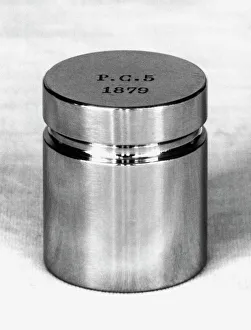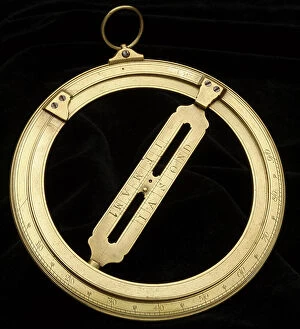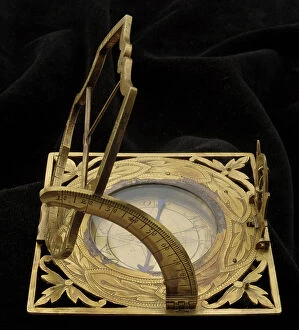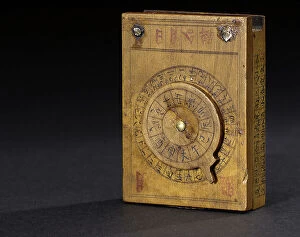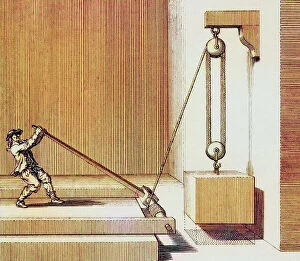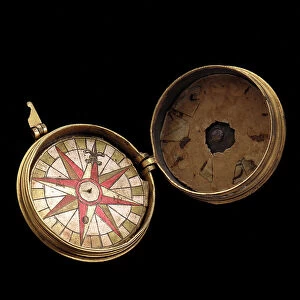Weights And Measures Collection
"Exploring the Rich Tapestry of Weights and Measures: From Ancient Artifacts to Scientific Instruments" Step into a world where measurements come alive
All Professionally Made to Order for Quick Shipping
"Exploring the Rich Tapestry of Weights and Measures: From Ancient Artifacts to Scientific Instruments" Step into a world where measurements come alive, as we delve into the captivating realm of weights and measures. Our journey begins with a glimpse at history's treasures, such as the Copy of the Imperial Standard Pound C016 / 2048, an artifact that symbolizes precision and uniformity. Transporting us further back in time is an artist's drawing from 1525, depicting a lute crafted with meticulous attention to detail. This woodcut reminds us that even in artistry, accurate measurements play a vital role. Venturing into scientific marvels, we encounter the Thermometer of the Accademia del Cimento from around 1650. Its seven bulbs containing liquid and glass beads of varying densities showcase early attempts at temperature measurement—a testament to humanity's thirst for knowledge. A stunning triangulation instrument made of gold brassed materializes before our eyes—an exquisite creation from the 16th century. Crafted with precision and elegance, it highlights how instruments themselves can be works of art. Next on our expedition through time is a set comprising various mathematical tools—square, compasses, pendulum—all cast in brass during the late 16th century. These instruments served as companions for scholars seeking accuracy in their calculations—a tribute to human ingenuity. The Temperance painting from circa 1470 greets us with its tempera grassa technique on wood. It serves as a reminder that measuring not only applies to physical quantities but also extends metaphorically to balance within oneself. Intriguingly contrasting this historical artwork is a black-and-white photograph capturing Roy Barton alongside a typical negrito man—an image showcasing diversity while reminding us that people are immeasurable by mere numbers or scales alone. Our exploration takes an unexpected turn towards ancient times when Rome was plundered by Gauls under Brennus in 390 BC.

